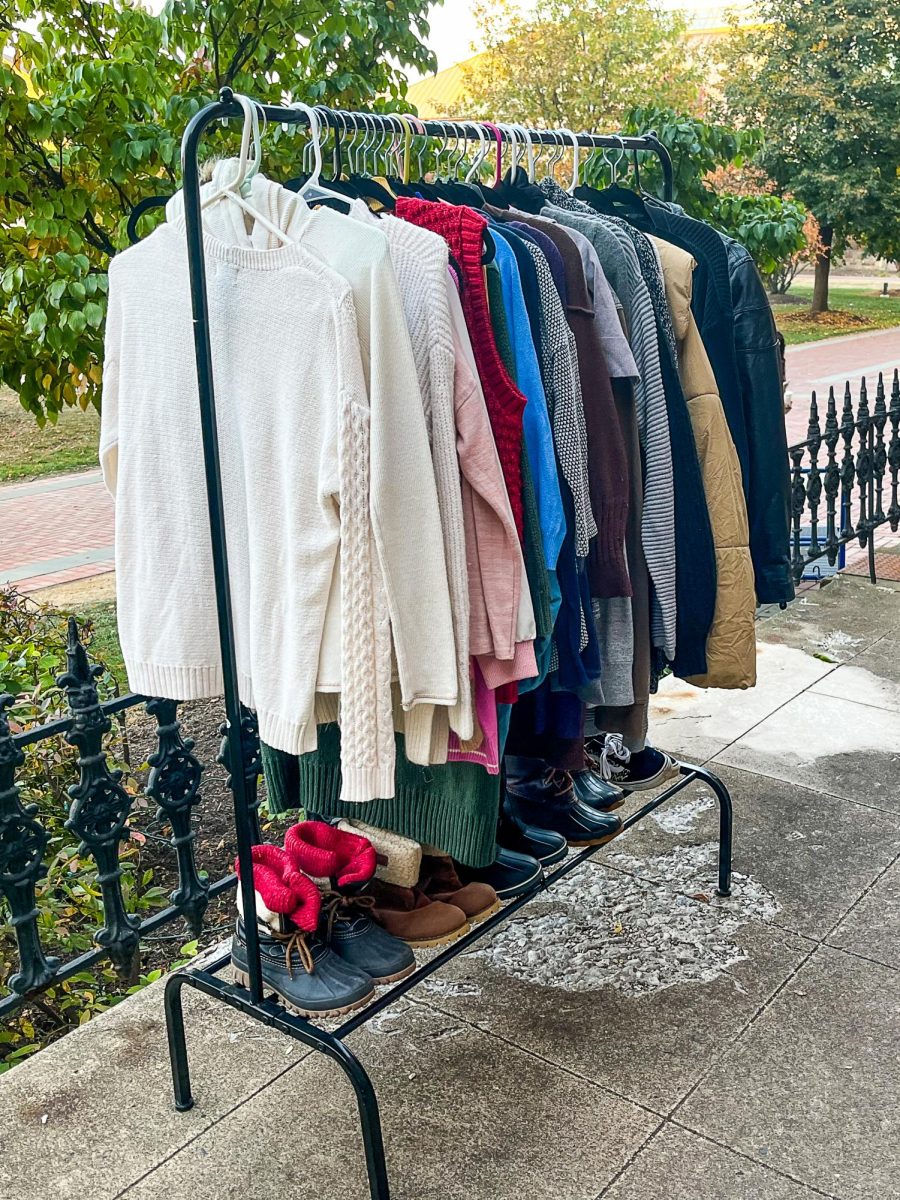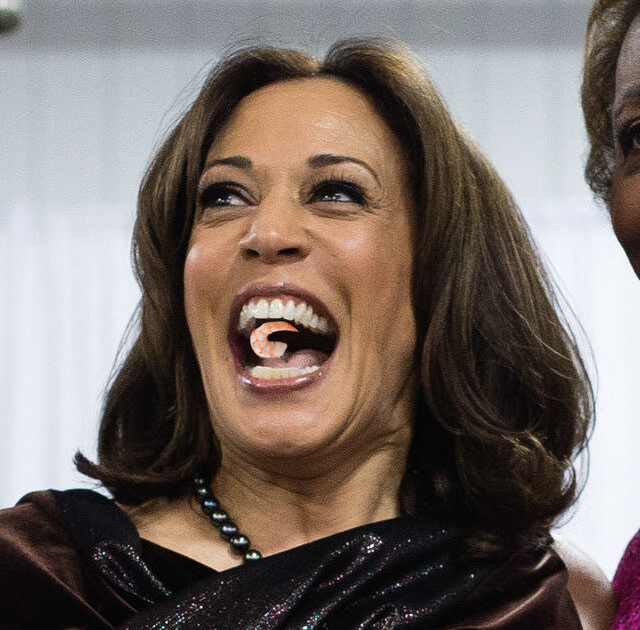Kevin Young wants to make sure that certain aspects of African-American history don’t fall to the wayside.
“There’s always something missing [when looking back at history],” Young said. “We need to rescue aspects of black culture abandoned, even by black folks.”
Recently named the poetry editor for The New Yorker, Young is a poet and essayist. He is also the Director of the Schomburg Center for Research in Black Culture, a part of the New York Public Library. He spends a great deal of time working to recover aspects of African-American culture in America.
Entitling the lecture at the college after his book “The Grey Album: On the Blackness of Blackness,” Young focused on the prevalence of African-American music, art and literature. He explained how much of the art produced has been forgotten, for it exists in a “shadow book.”
“My top three priorities are access, access, access,” Young said on his position as Director of the Schomburg Center. Allowing this free access to individuals will lead to further exposure and retention of these works in memory.
Young touched upon three stages of the permeation of African-American culture into mainstream American society: reconstruction, resistance and recovery. Much of the African-American culture has been lost throughout the years due to the oppression of the race, for Young states “the oral book of black culture is not passed down, but passed over.”
One audience member asked how artists can play a role in the recovery of African-American art.
“Artists are the first line of defense,” Young responded.
“We want to get to a place where every month is black history month,” he added.
The author of 12 poetry and nonfiction books, Young signed books following the lecture. Among the books he has written is “Bunk: The Rise of Hoaxes, Humbug, Plagiarists, Phonies, Post-Facts, and Fake News,” named a 2017 New York Times Notable Book.
Young ties the ideas of his most recent book into the lecture, touching upon the relationship between hoax and race.
“Race, too, is a fake thing pretending to be real,” explained Young. “Race is fake but racism can be real.”
According to Young, more hoaxes appear in the present due to the prevalence of technology and media in society. He said American culture is closely tied to the relationship between hoax and race due the fake culture and news.
“It damages the imagination…something that is true can’t move you,” Young said.
By rescuing aspects of black culture and being mindful of the hoaxes that create divisions in America, the nation can work towards a more peaceful climate.
Young’s thirteenth book “Brown,” will come out in April, which will further discuss the place that African-American culture has in American society.



































































































